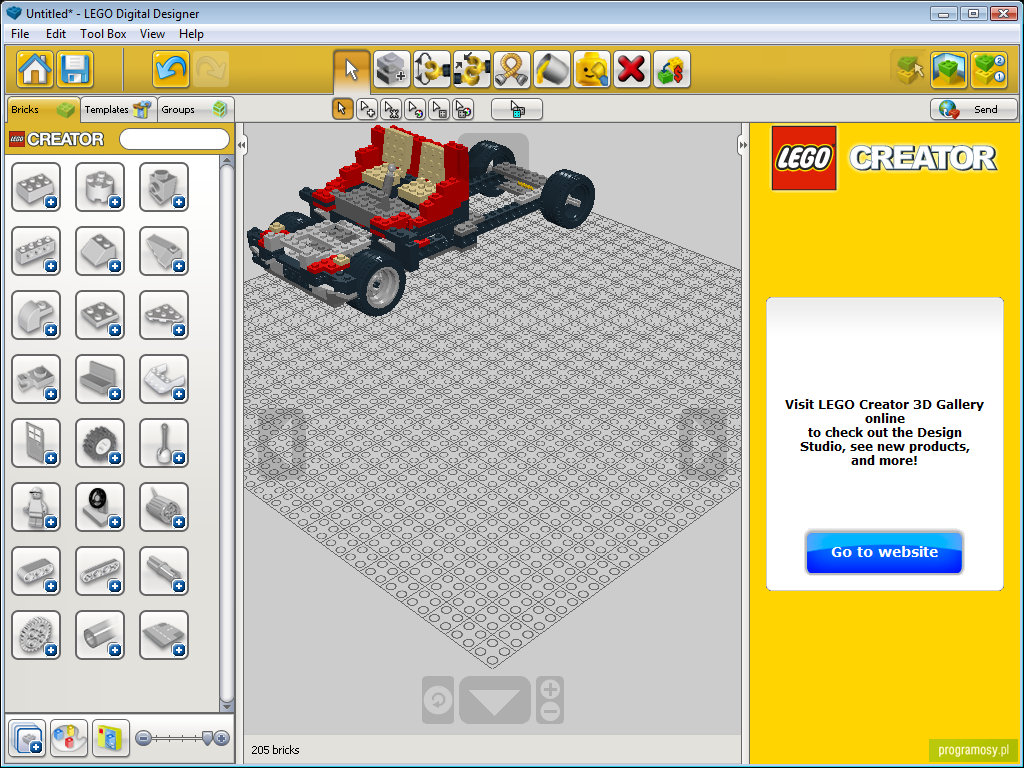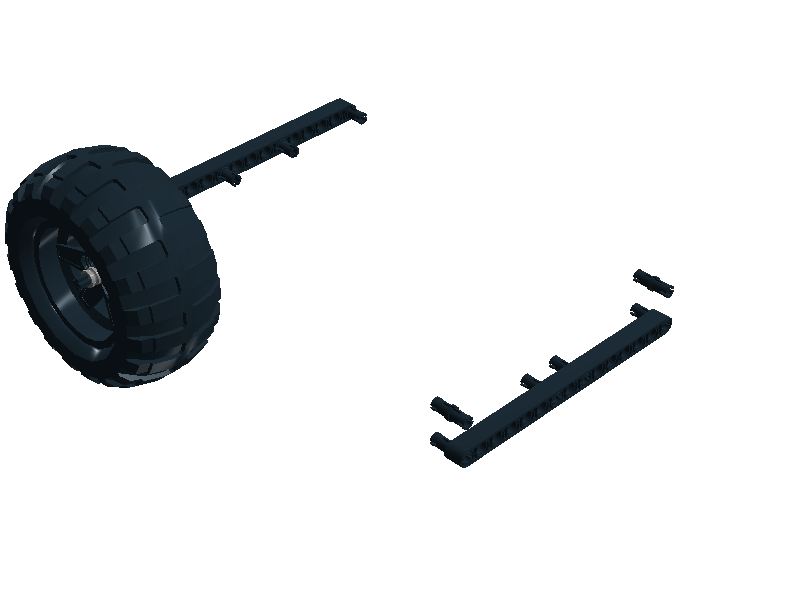
Torch, Scuba, Turbo, and Ski combine to form the super Throwbot Robotops, while Jet, Amazon, Electro, and Granite become UltraRex. While the descriptions of most of these worlds match what can be seen on the box art and in the Slizer bios, Turbo's world is described as one of rolling hills instead of a techno-city, while Jet's is characterized as a "giant gas world" instead of the Slizer Dome. Each lives on their own homeworld and endures its natural hazards. "Light-years" of self-maintenance have led the Throwbots to adapt individually to their respective home planets.Īll of the Throwbots are described as "Guardians of the Galaxy" (no, not those ones). The sets are described as robots constructed by aliens in another galaxy. In the US, the line is introduced in the January/February issue of MANIA Magazine. Millenium Slizer is the cleverest of all, possessing two throwing arms and great speed.Spark Slizer is adaptable and intelligent.Flare Slizer is able to fly and has sharp vision.Blaster Slizer is immensely strong, but dim-witted.Slizer pages in a 2000 catalog with story information and Slizer bios That's why they shoot at everything that moves - including the other Slizer! They are big, strong, fast and deathly dangerous! And all four are trying to control Planet Slizer.

From their fragments mutate four new Slizer. half the planet is crushed into microscopic parts! until the day a meteor thunders through the atmosphere and strikes the surface. The March/April issue of LEGO World Club Magazine in Germany offers a backstory for the 2000 wave of sets: In another comic, the good Slizers form the Super Slizer and confront their evil enemies, who in turn form the Mega Slizer. Jungle Slizer is the first to land a shot through the ring's mouth, and shouts victoriously. In one, the Slizer participate in a tournament at the Slizer Dome, throwing discs at the energy ring in the center of the arena. Instead, he sets his sights on ruling the entire Planet Slizer from his Slizer Dome.Ĭomics packed with the sets offer small looks into the story. Judge Slizer draws energy from "cosmic background radiation," but collects nothing.Rock Slizer collects "heavy water," which affords him protection and harms the stone monster.Energy Slizer collects neutrons to neutralize proton monsters.Jungle Slizer collects "energy-resin" to give him strength and to silence the mutant plants in his region.Ice Slizer collects ice crystals that provide him energy and destroy the fur of hostile creatures.City Slizer collects radioactive fuel that powers himself and overwhelms mutant vehicles.Sub Slizer collects "special pearls" that break water down into oxygen and hydrogen - the latter of which repels mutant goblers.Fire Slizer collects diamonds to stay powered and increase his flamethrower's range.These missions all involve a search for a source of power that will give them an edge in combat. Judge Slizer, Jungle Slizer, Rock Slizer and Energy Slizer are evil, and can combine to form the Mega Slizer.Įach Slizer carries out a mission in his home environment. JOIN US." The bots are evenly divided into two opposing teams - Fire Slizer, Sub Slizer, City Slizer and Ice Slizer are good, and can combine to form the Super Slizer.

A transmission from the planet reads "WE ARE SLIZER. Planet Slizer is located 4000 light years from Earth, and is divided into seven elemental zones. The 1999 general LEGO catalog and the May 1999 issue of LEGO Technic Magazine provide the same account of the Slizer story. In keeping with the separate theme names between the US/Canada and the rest of the world, the theme has two similar, but distinct, presentations of the story. Slizer pages in a 1999 UK catalog with story information and Slizer bios Īt one point, selling the models via vending machines was considered. He also created much of the art, for both the packaging and the faceplates of the models themselves.


His 1995 Cybots concept proposed the ball-and-socket building system that the theme adopted. The 2000 wave introduced four mutant Slizer, two of which are larger scale figures with dual flinger arms.Ĭhristian Faber, who would go on to develop story and art for BIONICLE, also had a hand in the formation of Slizer. Most of the figures also feature adjustable heads via a gear mechanism. At launch there were eight elementally themed figures, packaged in special carrying cases that could be worn on a belt.Įach Slizer comes with two discs that can be thrown using a special flinger arm. The line debuted a new ball-and-cup system of building that allowed the figures to be articulated in ways not possible with LEGO elements that were extant prior.


 0 kommentar(er)
0 kommentar(er)
